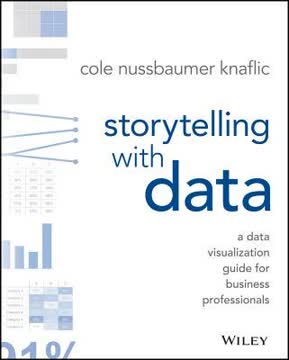Searching...
Top 10 Books for Mastering Technical Drawing Skills
Discover the 10 best books to enhance your technical drawing skills, perfect for aspiring artists and designers looking to elevate their craft.
Book Summaries
Betty Edwards' classic offers transformative techniques to enhance your drawing skills by changing how you perceive the world, making it essential for anyone serious about technical drawing.
3 Key Takeaways:
- Drawing is about perception, not talent
- Shift to R-mode: Accessing your brain's artistic side
- Seeing edges: The foundation of drawing
Norman's classic work on design principles is essential for understanding how to create user-friendly technical drawings, emphasizing usability and human-centered design.
3 Key Takeaways:
- Design impacts everyday life: Make the invisible visible
- Bridge the gulfs of execution and evaluation
- Use constraints and affordances to guide user actions
A Data Visualization Guide for Business Professionals
Knaflic's guide on data visualization emphasizes clarity and storytelling, which are crucial skills for technical drawing, helping you present your work effectively.
3 Key Takeaways:
- Understand your audience and context before visualizing data
- Choose the right visual display for your data and message
- Eliminate clutter to enhance clarity and focus
In this follow-up to her first book, Edwards delves deeper into the creative process, providing practical exercises that help unlock your artistic potential, making it a must-read for aspiring technical artists.
3 Key Takeaways:
- Creativity is a universal human trait that can be developed through visual perception
- Drawing is a powerful tool for accessing and enhancing creative thinking
- The brain's left and right hemispheres process information differently, affecting creativity
Maeda's exploration of simplicity in design is invaluable for technical drawing, emphasizing how clarity and minimalism can enhance your artistic expression.
3 Key Takeaways:
- Simplicity is achieved through thoughtful reduction
- Organization creates order from chaos
- Time savings equate to simplicity
Inside Apple's Design Process During the Golden Age of Steve Jobs
Kocienda's insider perspective on Apple's design process offers valuable lessons in creativity and iteration that can inspire technical artists to refine their craft.
3 Key Takeaways:
- Apple's creative selection process drove innovation through iterative demos
- Small, empowered teams were key to Apple's product development success
- Balancing technology and liberal arts was crucial for intuitive product design
Williams' accessible guide introduces essential design principles that are crucial for technical drawing, making it perfect for non-designers looking to improve their visual communication.
3 Key Takeaways:
- Master the four basic principles of design: Proximity, Alignment, Repetition, and Contrast
- Use proximity to organize information and create visual relationships
- Employ alignment to unify and strengthen your design
Communicate with Stakeholders, Keep Your Sanity, and Deliver the Best User Experience
Greever's insights on communication in design are essential for technical artists, helping you articulate your ideas and decisions effectively to stakeholders.
3 Key Takeaways:
- Design is more than aesthetics; it solves business problems
- Effective communication is crucial for designers
- Understand and empathize with stakeholders
A Design Thinking Toolkit for Managers
Liedtka's toolkit for design thinking provides a structured approach to problem-solving that can greatly benefit technical drawing, helping you innovate and refine your artistic process.
3 Key Takeaways:
- Design thinking is a systematic approach to problem-solving and innovation
- The design process follows four key questions: What is? What if? What wows? What works?
- Visualization and journey mapping provide deep customer insights












